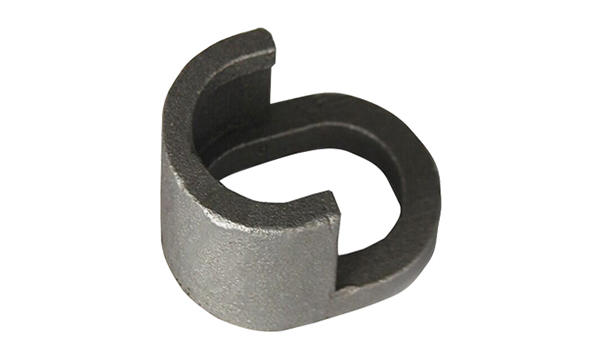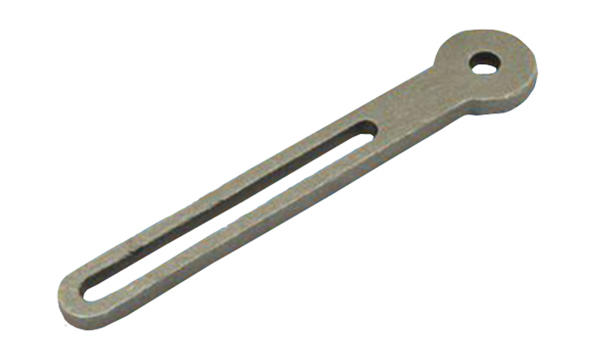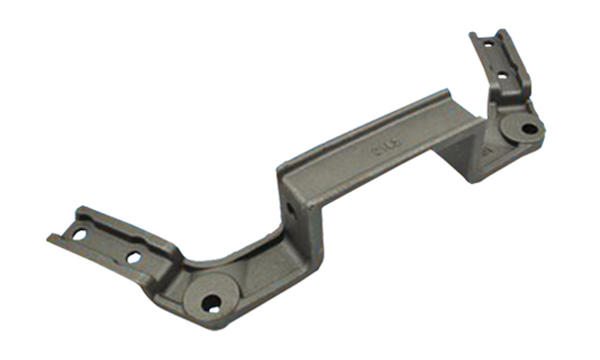“Revolutionizing Construction Machinery Inspection: The Power of Magnetic Particle and X-Ray Inspection”
Posted by Admin
introduce:
In today’s fast-paced world, there is a constant demand for high-quality construction machinery. From heavy construction equipment to complex automotive components, ensuring the integrity and reliability of castings is critical. To meet these stringent requirements, industries are turning to cutting-edge inspection technologies. In this blog post, we delve into the world of magnetic particle inspection and X-ray inspection to explore how these advanced methods are revolutionizing the way construction machinery castings are inspected.
Learn about magnetic particle inspection:
Magnetic particle inspection (MPI) is a non-destructive testing method used to detect surface and sub-surface defects in ferromagnetic materials such as cast iron or steel. The principle behind this technology is the ability to generate a magnetic field in the part being inspected to detect any defects. It involves the following steps:
1. Magnetization: Use direct current (DC) or alternating current (AC) magnetization equipment to magnetize the casting to generate a magnetic field within the material.
2. Application of magnetic particles: Finely divided magnetic particles (dry or suspended in a liquid medium) are applied to the magnetized surface. These particles are attracted to any existing defects, forming visible marks.
3. Inspection: Check the surface and analyze the magnetic particle indication. Highly skilled inspectors can distinguish between harmless surface irregularities and signs that may compromise integrity.
Advantages of magnetic particle testing:
Using magnetic particle inspection has several advantages, including:
1. Surface and near-surface defect detection: MPI can detect defects such as cracks, pores, overlaps, seams, and other discontinuities, ensuring a comprehensive assessment of casting integrity.
2. Time and cost efficiency: This inspection method is relatively fast and can quickly evaluate large numbers of parts. It saves valuable time and resources and increases productivity.
3. Non-destructive testing: MPI is a non-destructive technology that maintains the integrity of the parts being inspected. It reduces the need for destructive testing methods, minimizing waste and costs.
4. Enhanced safety: By identifying potential defects, MPI ensures the safety of construction machinery operators and users, preventing catastrophic failures.
Explore X-Ray Inspection:
Magnetic particle inspection focuses on surface defects, while X-ray inspection goes deeper into the internal structure of a casting. X-ray inspection uses high-energy electromagnetic radiation to penetrate materials to produce radiographic images. This technology is valuable for detecting internal defects such as:
1. Pores and voids: X-ray inspection effectively identifies any trapped gas or shrinkage voids within the casting, ensuring structural integrity and functionality.
2. Inclusions and Foreign Objects: The ability to visualize internal structures allows inspectors to detect any unwanted inclusions or foreign objects, ensuring the part meets required specifications.
3. Geometric and dimensional accuracy: X-ray inspection helps assess dimensional accuracy and compliance with design specifications, thereby minimizing the risk of failure due to component misalignment.
Synergies: Combination of MPI and X-ray Inspection:
While magnetic particle inspection and X-ray inspection are both powerful non-destructive testing methods, the synergistic effect of combining these technologies can provide the most comprehensive assessment of the integrity of construction machinery castings. By leveraging both technologies simultaneously, manufacturers can confidently detect defects ranging from surface anomalies to internal imperfections. Additionally, combining these methods can improve reliability by cross-validating results, further reducing the chance of critical flaws being overlooked.
in conclusion:
As the demand for high-quality construction machinery castings continues to grow, magnetic particle inspection and X-ray inspection have become indispensable tools to ensure reliability, structural integrity and operator safety. By employing these highly effective, non-destructive technologies, manufacturers can detect defects early and prevent costly downtime and potential hazards. The combination of magnetic particle inspection and X-ray inspection marks a revolutionary milestone for the industry as it provides a comprehensive view of the condition of the casting. By embracing these advancements, we are making giant leaps towards a safer, more efficient future for construction machinery.
















